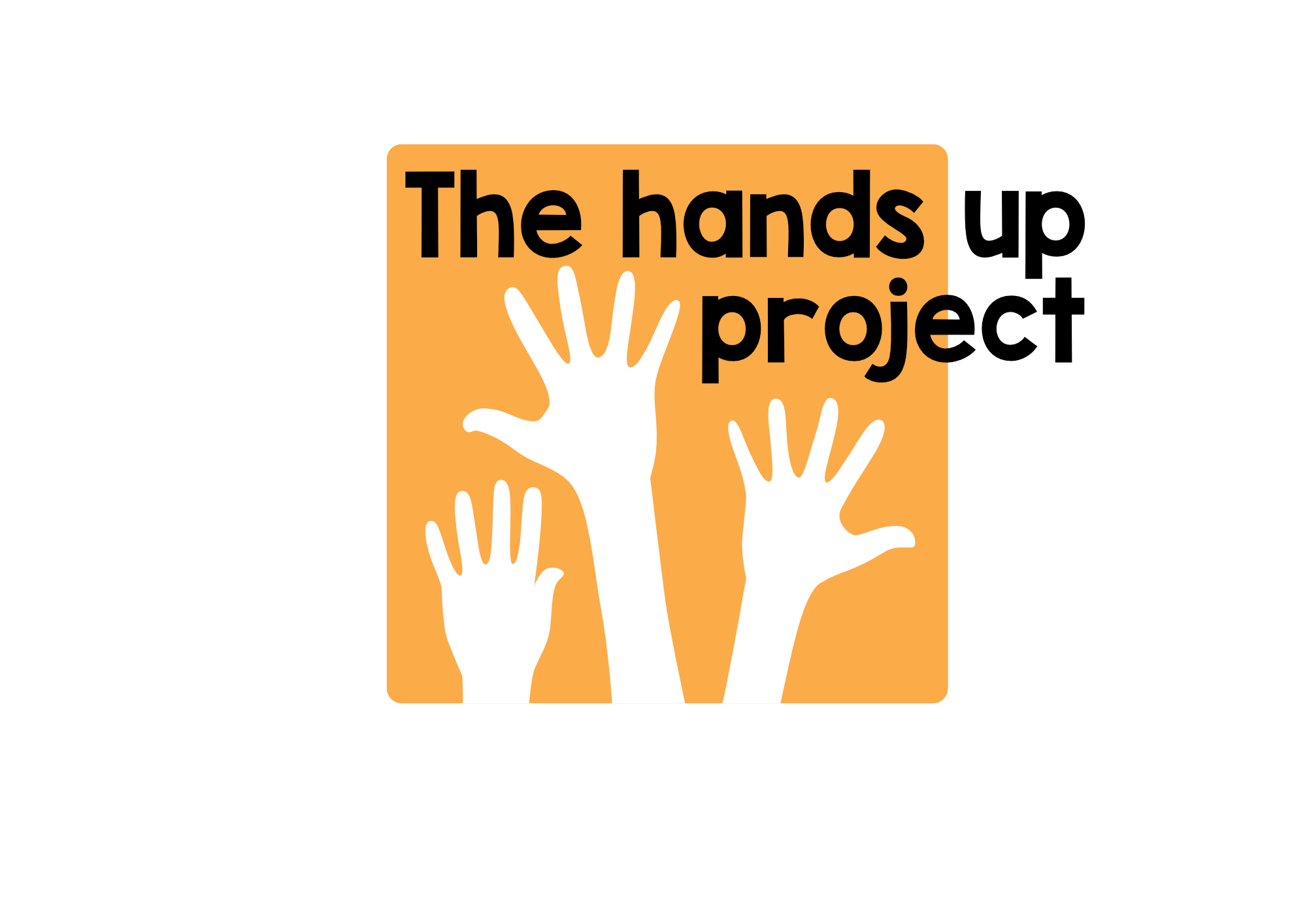Every picture tells a story
Kamishibai, literally ‘paper theatre’, is a form of storytelling that originated in Ancient Japan. It became very popular in the twentieth century when the Kamishibai man would travel around on his bicycle with a set of brightly coloured images to go with each of his stories. As he told the story to groups of eager children, he would show the pictures that went with it, one by one.
It seems to me that this form of storytelling is a useful way of working with children who are learning English as a foreign language. In the same way that mime is a powerful way to clarify meaning, so too are pictures. In fact, with a good set of pictures, children could imagine a story even without understanding anything at all of what is spoken.
Now I’m not a Kamishibai man, (and I don’t even have a bicycle!), but I’ve made a video to demonstrate how the technique might work using my version of the traditional Palestinian story Tunjur! Tunjur!
If you want to use the kamishibai technique in class, and you have a projector available, you could simply display pictures for the story and click through them as you tell it. Alternatively, large versions of the pictures could be printed off and shown instead.
On the resources page of this website, I've added the pictures that were used for Tunjur! Tunjur!, as well as the pictures for the much simpler story - The lion and the mouse. Also included is a script for both these stories. These can be used as models for telling the stories, but they can also be performed by the students working in groups, with different learners taking on different roles.
Kamishibai is also a technique that could be developed as a class storytelling project, with students telling their own stories, using pictures that they've drawn themselves. This is something that I'm looking forward to trying out when my online sessions restart in the next few weeks. Is this something that could also be done in your classes?
